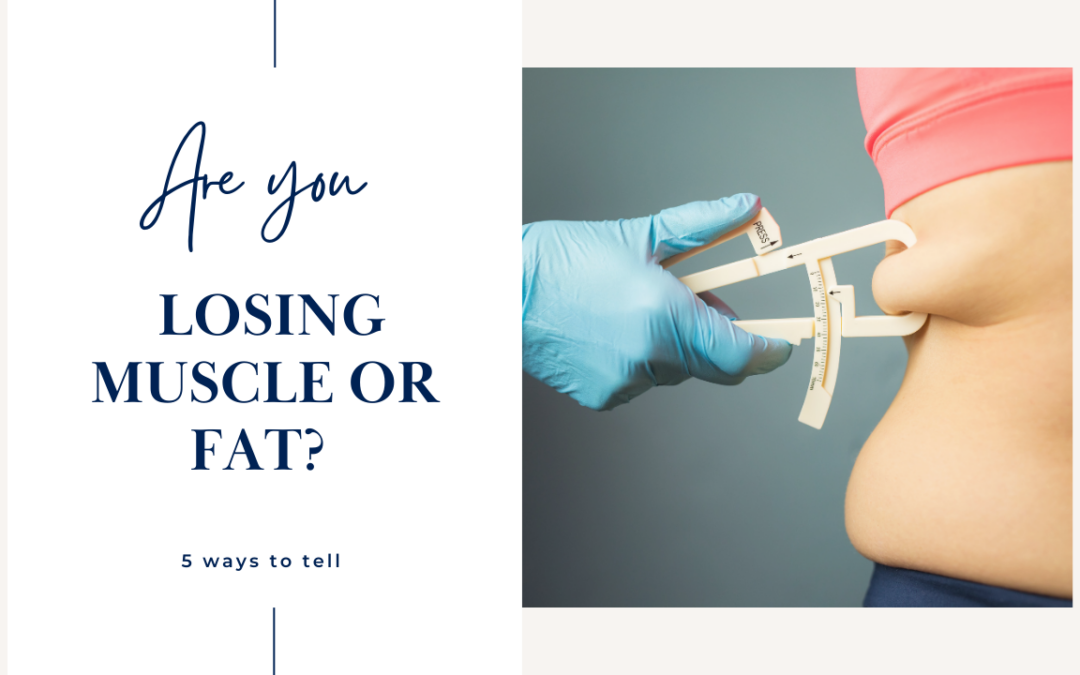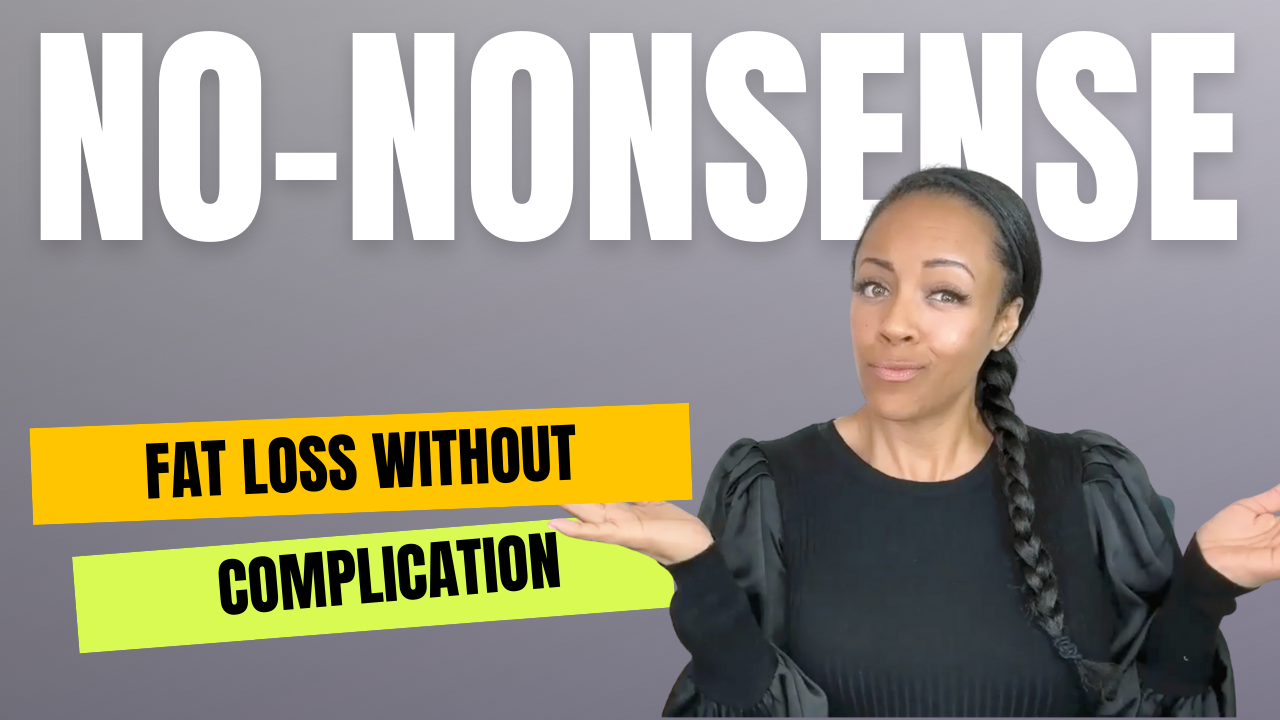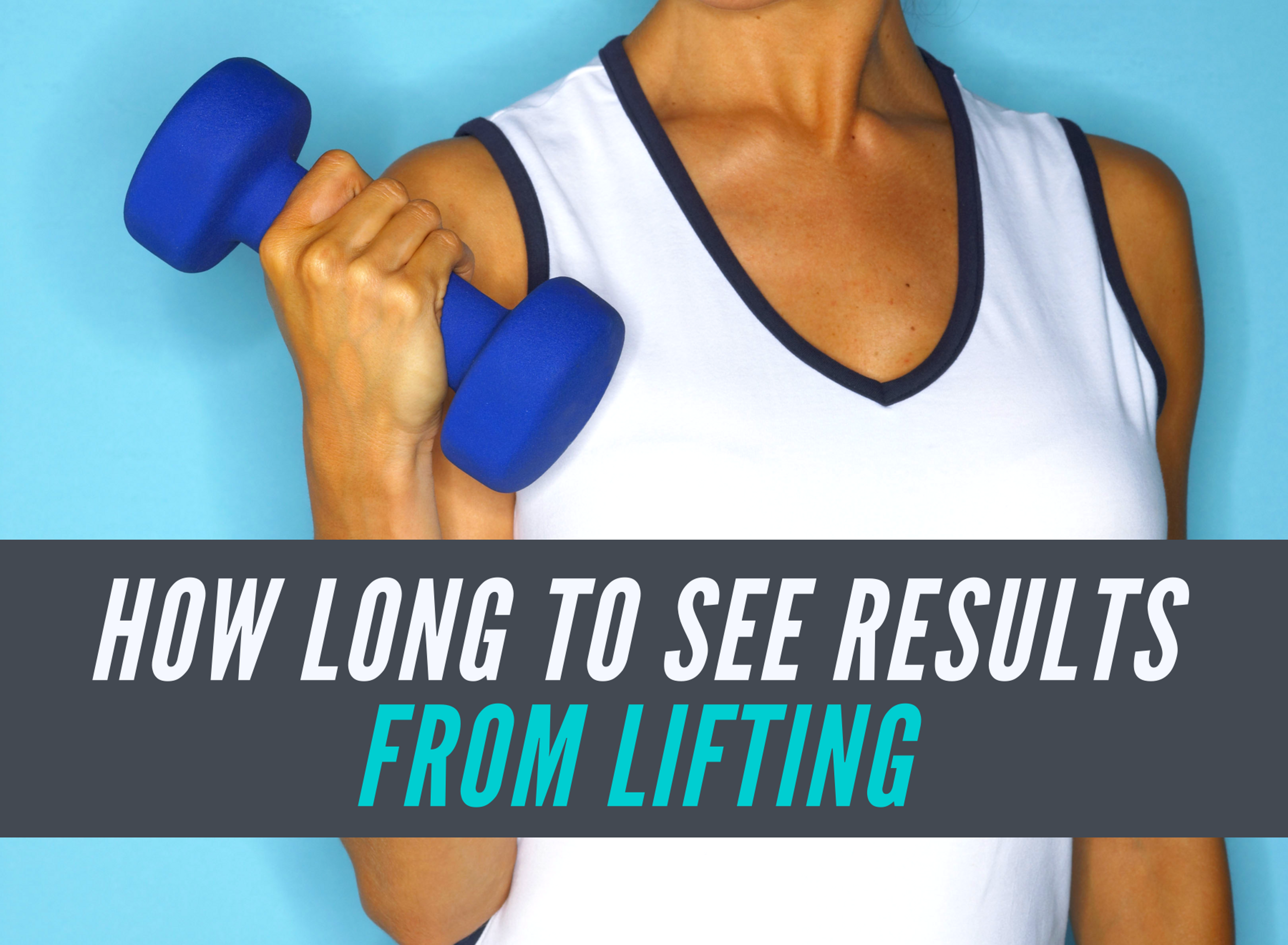When it comes to weight loss, it’s important to remember that losing weight doesn’t always mean losing fat. In fact, if you’re not careful, you may end up losing muscle instead. Losing muscle mass can slow down your metabolism and make it more difficult to maintain your weight loss over time. In this post, we’ll explore five signs that you may be losing muscle instead of fat, and provide tips to help you preserve muscle mass and achieve your fitness goals.
#1 You’re Losing Weight Too Quickly
Losing weight too quickly can be a sign that you’re losing muscle mass. When you lose weight too quickly, your body may start breaking down muscle tissue for energy, which can slow down your metabolism and make it more difficult to maintain your weight loss over time. Aim to lose no more than one to two pounds per week to ensure that you’re losing fat, not muscle.
Key Takeaway: While losing weight quickly may seem like a good thing, it could be a sign that you’re losing muscle instead of fat. Slow and steady wins the race when it comes to weight loss!
#2 You’re Not Engaging in Strength Training
If you’re not engaging in strength training exercises, you may be losing muscle mass. Strength training exercises help to build and preserve muscle mass, so it’s important to incorporate them into your workout routine. Aim to strength train at least two to three times per week to help preserve muscle mass and maintain strength.
Key Takeaway: If you’re not strength training, you may be missing out on an important component of weight loss. Incorporating strength training exercises into your routine can help preserve muscle mass and maintain strength.
#3 Your Diet is Too Restrictive
If you’re following a very restrictive diet, you may be losing muscle mass. Restrictive diets can be low in calories and protein, which are both important for preserving muscle mass. It’s important to consume enough protein and calories to support muscle growth and repair.
Key Takeaway: While following a restrictive diet may seem like a good way to lose weight quickly, it could be causing you to lose muscle mass instead of fat. Don’t forget to consume enough protein and calories to support muscle growth and repair.
#4 You’re Feeling Weaker
If you’re feeling weaker than usual, it may be a sign that you’re losing muscle mass. Muscle mass is directly tied to strength, so if you’re losing muscle mass, you may also be losing strength. This is usually amplified with #2 and #3 are out of whack. Yet another reason why it’s so important to keep calories as high as possible and continue to strength train even when dieting.
Key Takeaway: Feeling weaker than usual could be a sign that you’re losing muscle mass. Don’t let your strength suffer – make sure you’re eating enough calories to sustain the level of activity that you are engaging in while incorporating a periodized strength training routine to help preserve muscle mass and maintain strength.
#5 Your Body Composition Isn’t Changing
Finally, if your body composition isn’t changing, it could be a sign that you’re losing muscle mass. While you may be losing weight overall, you may not be losing fat in the right places. Losing muscle mass can cause your body to lose shape and become less toned.
Key Takeaway: If you’re not seeing changes in your body composition, it could be a sign that you’re losing muscle mass. Don’t let your hard work go to waste – make sure you’re preserving muscle mass and losing fat in the right places.
If you’re trying to lose weight, it’s important to make sure you’re losing fat, not muscle. By paying attention to these five signs and incorporating strength training exercises into your routine, you can help preserve muscle mass and achieve your weight loss goals in a healthy and sustainable way.
Discover more from Eat More 2 Weigh Less
Subscribe to get the latest posts sent to your email.





Recent Comments